Pregnancy is an occasion worth celebrating. The formation of a new life inside of a woman is a miracle to behold and should be experienced by women who want to seek the fulfillment they have always wanted. However, no matter how you handle pregnancy with care, there are still instances that it is compromised. Ectopic pregnancy is a complex and potentially life-threatening condition that occurs when a fertilized egg implants outside the uterus, most commonly in the fallopian tubes. As nursing professionals, understanding the unique challenges of ectopic pregnancy and providing early recognition and expert care is essential to ensure the well-being of women facing this critical obstetric emergency.
This article aims to serve as a comprehensive nursing guide to ectopic pregnancy, delving into its risk factors, clinical manifestations, diagnostic approaches, and evidence-based interventions.
What is Ectopic Pregnancy?
- Ectopic pregnancy happens when the implantation of the fertilized egg occurs outside the uterine cavity.
- The implantation can either occur on the surface of the ovary, in the cervix, in the abdomen, and most commonly in the fallopian tube.
Pathophysiology
- Fertilization occurs at the usual distal third of the fallopian tube.
- After the union, zygote begins to divide and grow.
- However, due to an obstruction by several factors (see Risk Factors), the zygote cannot travel through the length of the tube.
- It lodges on that constricted part and implantation takes place at that area instead of the uterus.
Risk Factors
Several factors could contribute to the occurrence of an ectopic pregnancy, such as:
- Previous infection such as salpingitis or pelvic inflammatory disease. Women who experience infection of the reproductive system increase the incidences of having ectopic pregnancy because the scar from these infections could cause adhesion in the fallopian tube.
- Scars from a tubal surgery. These scars cause an adhesion that would not let the fertilized egg travel towards the uterus.
- Congenital malformations. Physical defects of the reproductive system such as strictures in the fallopian tube could cause ectopic pregnancy.
- Uterine tumors. A tumor might be pressing at the proximal end of the tubes, which would not allow access of the fertilized egg into the uterus.
- Use of intrauterine device. IUDs are contraceptive devices shaped like an inverted T and inserted into the uterus of a woman. It may impede the traveling fertilized egg to reach the ideal place of implantation if it is inserted after conception.
- Smoking. Women who frequently smoke have a higher incidence of ectopic pregnancy than non-smoking women.
- A recent in vitro fertilization. Following an in vitro fertilization, a zygote may have slower transportation and lead to an increased incidence of tubal or ovarian implantation.
- Previous ectopic pregnancy. Women who underwent ectopic pregnancy are advised to avoid getting pregnant for a year after the incident because there is a 10% to 20% chance of a subsequent ectopic pregnancy.
Signs and Symptoms
It is important for both the pregnant woman and the health care provider to identify any signs and symptoms of an ectopic pregnancy before rupture occurs. However, most ectopic pregnancy does not show any unusual signs and symptoms at the time of implantation, so it would be difficult to identify them at first.
- Sharp abdominal pain. A pregnant woman with possible ectopic pregnancy might move suddenly, and as a result, the anterior uterine support might be pulled and cause pain in the abdomen.
- Vaginal spotting. This would rarely occur in conjunction with the pain, but this may be a sign that the ectopic pregnancy is nearing its rupture.
- Sharp, stabbing pain at the lower quadrant. This is one of the symptoms which tell that the ectopic pregnancy has already ruptured.
- Vaginal bleeding. Bleeding occurs after the ectopic pregnancy has ruptured. Tearing of the blood vessels and its destruction is the cause of the bleeding, and the amount would not be determined fully because some products of conception and blood might be expelled into the pelvic cavity.
Diagnostic Tests
Tests to determine the possibility of ectopic pregnancy must be performed first before the diagnosis.
- Pelvic Ultrasound. An early pregnancy ultrasound is the most common determinant of an ectopic pregnancy.
- Magnetic Resonance Imaging. This is also another way to detect the presence of ectopic pregnancy and it is safer than undergoing a CT scan for pregnant women.
Medical Interventions
The medical management of a woman with an ectopic pregnancy should be initiated the moment she is brought to the emergency room. Just a few moments of interval for action would cause a big difference in the safety of the patient.
- Administration of methotrexate. Methotrexate is a chemotherapeutic agent that is a folic acid antagonist. It destroys rapidly growing cells such as the trophoblast and the zygote. This would be administered until a negative hCg titer results have been produced.
- Administration of mifepristone. An abortifacient that causes sloughing off of the tubal implantation site. Both of these therapies would leave the tube intact and no surgical scarring.
- Intravenous therapy. This would be performed when the ectopic pregnancy has already ruptured to restore intravascular volume due to bleeding.
- Withdrawing of blood sample. A large amount of blood would be lost, so blood typing and crossmatching must be done in anticipation of a blood transfusion. The blood sample would also be used to determine the hemoglobin levels of the pregnant woman.
Surgical Interventions
Surgical interventions would be performed after the rupture of the ectopic pregnancy to ensure that the reproductive system would still be functional and no complications would arise.
- Laparoscopy. This will be performed to ligate the bleeding blood vessels and repair or remove the damaged fallopian tube.
- Salpingectomy. This intervention would be performed if the fallopian tube is completely damaged. The affected tube would be removed and what would be left would be sutured appropriately.
Nursing Management
Nurses must also have their own function when it comes to ectopic pregnancy, even without a direct order from the physician.
Nursing Assessment
- No unusual symptoms are usually present at the time of implantation of an ectopic pregnancy.
- The usual signs of pregnancy would occur, such as a positive pregnancy test, nausea and vomiting, and amenorrhea.
- At 6-12 weeks of pregnancy, the trophoblast would be large enough to rupture the fallopian tube.
- Bleeding would follow, and it would depend on the number and size of the affected blood vessels the amount of bleeding that would occur.
- Sharp, stabbing pain in the lower quadrant is likely to be felt by the woman once a rupture has occurred, followed by scant vaginal bleeding.
- Upon arrival at the hospital, a woman who has a ruptured ectopic pregnancy might present signs of shock such as rapid, thread pulse, rapid respirations, and decreased blood pressure.
- There would be a decreased hCg levels or progesterone levels that would indicate that the pregnancy has ended.
Nursing Diagnosis
- Risk for Deficient Fluid Volume related to bleeding from a ruptured ectopic pregnancy.
- Powerlessness related to early loss of pregnancy secondary to ectopic pregnancy.
Nursing Interventions
- Upon arrival at the emergency room, place the woman flat in bed.
- Assess the vital signs to establish baseline data and determine if the patient is under shock.
- Maintain accurate intake and output to establish the patient’s renal function.
Evaluation
- The goal of the evaluation is to ensure that maternal blood loss is replaced and the bleeding would stop.
- The patient must maintain adequate fluid volume at a functional level as evidenced by normal urine output at 30-60mL/hr and a normal specific gravity between the ranges of 1.010 to 1.021.
- Vital signs, especially the blood pressure and pulse rate, should be stable and within the normal range.
- Patient must exhibit moist mucous membranes, good skin turgor, and adequate capillary refill.
Ectopic pregnancy is a menace for both the mother and the zygote. However much we want to save the zygote, it would be impossible because it has grown outside the usual site of implantation. The only thing that we could provide to the woman and their families is proper education about ectopic pregnancy and ways on how to prevent it from recurring.











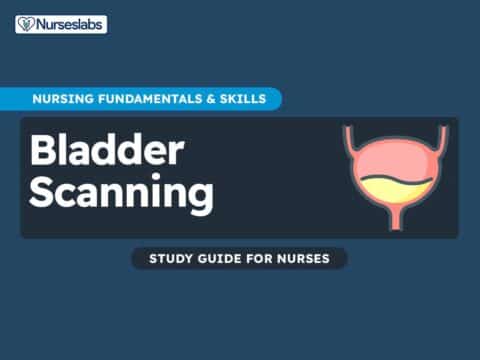










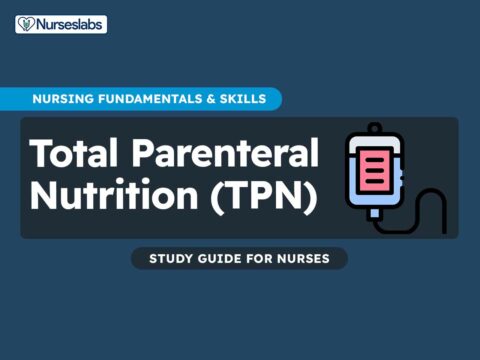
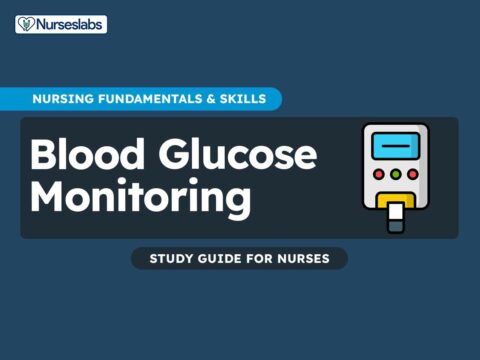




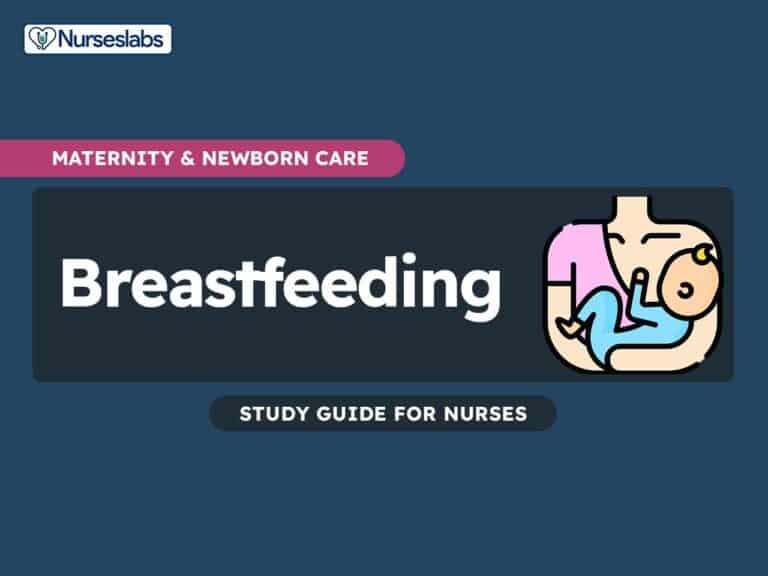

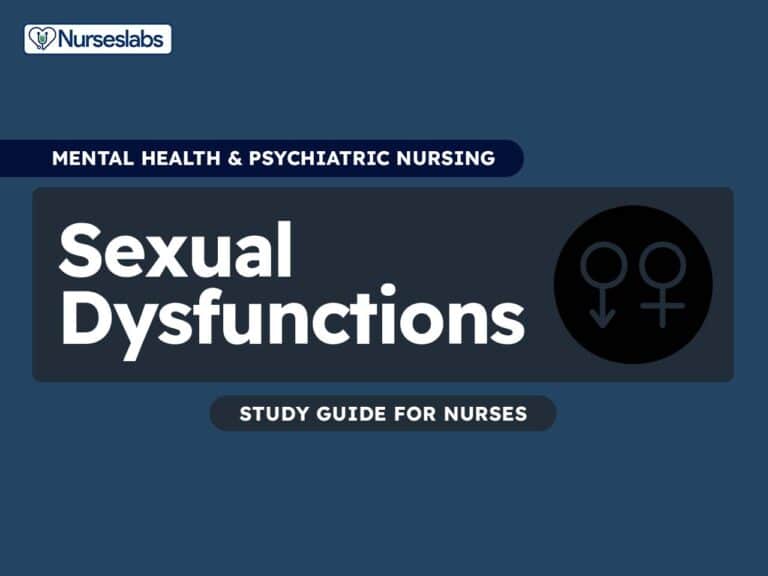






Leave a Comment